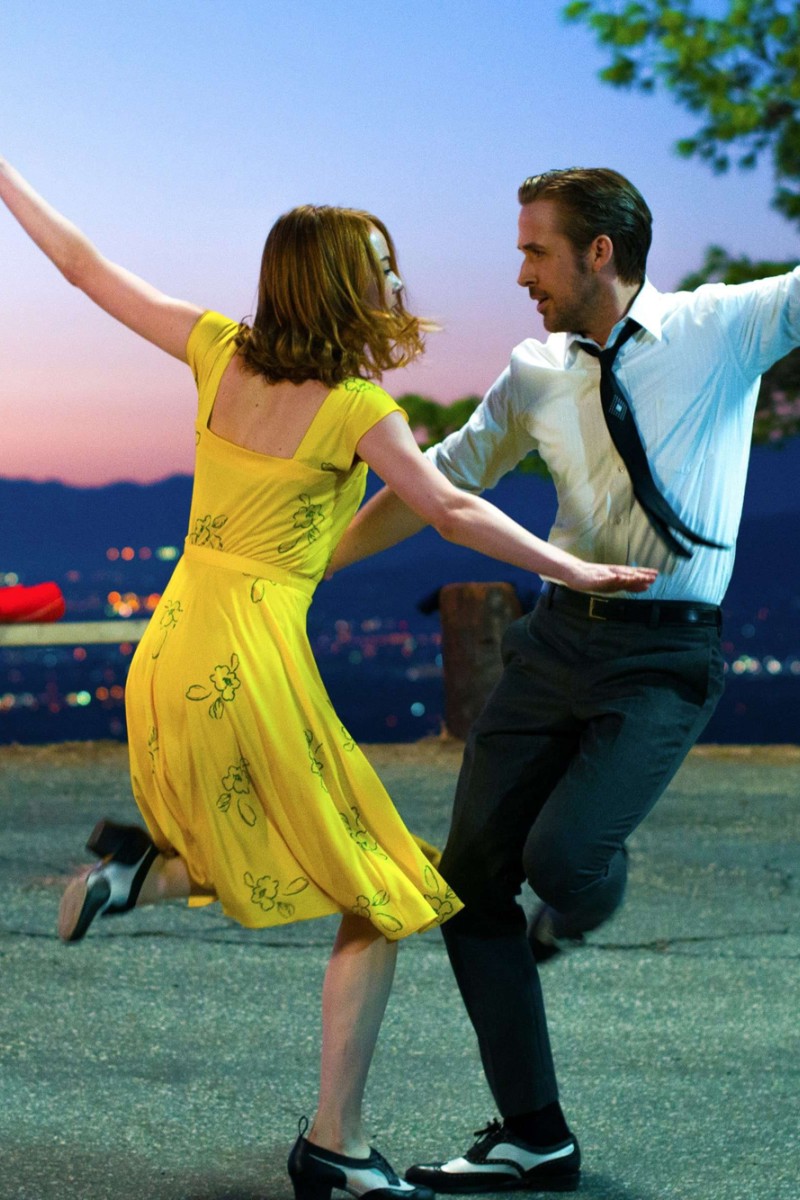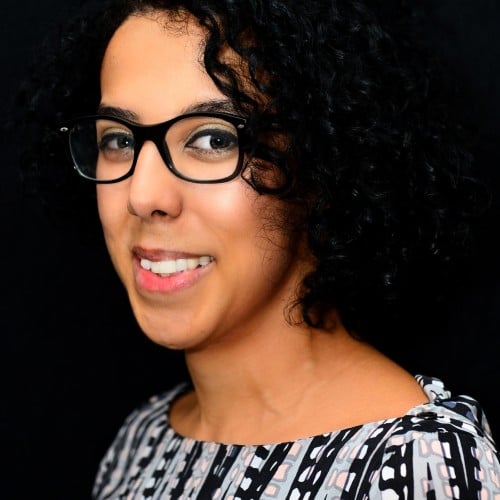 La La Land won seven awards last week.
La La Land won seven awards last week. La La Land swept the board at last week’s Golden Globe awards, winning the seven awards it was nominated for, including best actor and actress, director and screenplay. The movie’s box office success so far is perhaps surprising: it’s an old-fashioned musical, in the vein of those that were popular from the 1930s to 1960s. Director Damien Chazelle said he wanted “to create a musical like the musicals that entranced me as a kid, but updated into something very modern. I wanted to explore how you use colour, sets, costumes and all these very expressionistic elements of old-school movie-making to tell a story that takes place in our times.”
If you’ve know your classic musical movies, and have seen the La La Land trailers, you’ll be aware of the retro vibe that permeates throughout. Chazelle admits to being heavily influenced by the past, in particular by French New Wave director Jacques Demy who brought fun back into French cinema with candy-coloured musicals such as The Umbrellas of Cherbourg, The Young Girls of Rochefort, and A Room In Town. “Demy’s probably the single biggest influence not just on this movie but on everything I’ve done or wanted to do,” Chazelle says. “There’s no more formative movie for me than Umbrellas Of Cherbourg. That’s a profound love that I’ve had.”
The story is undoubtedly contemporary, but Chazelle, whose 2014 music drama Whiplash won three Oscars and was nominated for a further two, freely admits to taking inspiration for filming styles from the past.
“The model I had in mind was Max Ophuls, the master of camera movement in the history of cinema,” he says. Ophuls was a German filmmaker who was famous for his distinctive smooth camera movements, which influenced the young Stanley Kubrick, and The Master director Paul Thomas Anderson. “The idea is to have a camera that, in itself, feels melodic, feels like a dancer,” he adds, “that never gets in the way of the dancing on screen but becomes part of the choreography, nonetheless.”
He also took a leaf out of the camerawork in Martin Scorsese’s boxing movie Raging Bull.
“Raging Bull asked the question: what happens if you put the camera inside the boxing ring?” the 31-year-old says. “In that same way, I wanted to put the camera inside the dancing, so that you feel it is unfurling all around you.”
Director of photography Linus Sandgren was attracted to the detail of Chazelle’s vision, which he had storyboarded in full before pre-production began. “When Damien presented his ideas on how to shoot this movie, it was so over the top from your typical film that it was very intriguing for that reason,” Sandgren says. “He wanted to make an old-fashioned film in a very modern way where the camera is more fluid. His aesthetic ideas were so beautiful, it only occurred to me later there were so many technical challenges.”
Those constant challenges could have belonged to a long-forgotten era. For one thing, shooting widescreen on actual 35mm film meant that the film had to reloaded every 10 minutes. On top of that, Chazelle wanted to shoot big production numbers in single takes, as what Sandgren calls “unbroken reality”.
“That’s always a big challenge, especially if you want to do it in the perfect light,” explains Sandgren. “Damien didn’t want to add effects later, he wanted everything to happen in the camera. The magic in this film is never faked – it all had to be actually happening. But I always look at things as possible to achieve; you just have to find the solution. In this case, it took lots and lots of planning.”
In keeping with the tone of the film, the locations shift between of the moment and remnants of bygone eras. “That quality is already indigenous to the city,” notes production designer David Wasco. “You can look in one direction and feel you’re in 1940s Hollywood, and then turn your head and you’re in 2016. It was Damien’s notion to capitalize on the timelessness inherent in the city itself.”
La La Land opens on January 26
Edited by Ginny Wong

